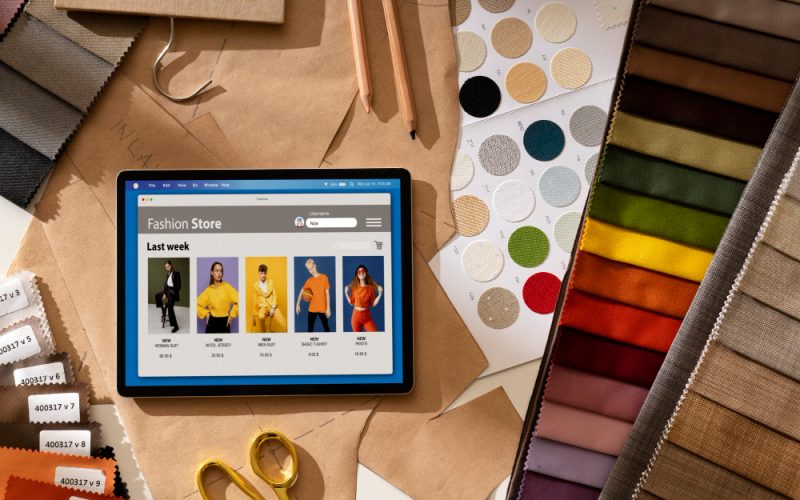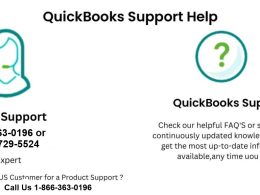While most Amazon sellers focus exclusively on B2C markets, a massive $1.7 trillion opportunity sits largely untapped—Amazon Business. This specialized marketplace serves everything from small businesses to Fortune 500 companies, offering sellers a chance to grow your Amazon business with higher order values, recurring purchases, and bulk sales. But is it right for your products?
This comprehensive guide examines the real potential of Amazon Business, the costs and requirements, and how to determine if expanding into B2B could help you grow your Amazon business beyond traditional retail customers.
What is Amazon Business?
Amazon Business operates alongside the main marketplace but with features tailored for B2B transactions:
-
Business-only pricing with quantity discounts
-
Tax exemption for qualified buyers
-
Multi-user business accounts with approval workflows
-
Bulk purchasing options
Key Stat:
Amazon Business serves over 5 million corporate buyers, including 80% of the Fortune 100 companies.
The 5 Biggest Advantages of Amazon Business
1. Higher Average Order Values
B2B buyers spend 3-5X more per order than retail customers
2. Recurring Revenue Streams
Many businesses set up automatic replenishment orders
3. Reduced Seasonality
Business purchases remain steady year-round
4. Lower Return Rates
B2B returns average just 1-3% vs. 10-30% for B2C
5. Access to Corporate Budgets
Tap into company procurement systems
Case Study:
An office supplies seller expanded to Amazon Business and saw their average order value jump from $38 to $217 within 90 days, helping them grow their Amazon business without increasing advertising spend.
Is Your Product a Good Fit for Amazon Business?
Best-Selling B2B Categories:
-
Janitorial & sanitation supplies
-
Industrial & scientific equipment
-
Office products & furniture
-
Breakroom & pantry items
-
Safety equipment & PPE
Product Qualification Checklist:
-
Sold in multi-packs or bulk quantities
-
Used in business operations (not consumer-only)
-
Priced competitively for volume buyers
-
Has recurring purchase potential
How to Get Started on Amazon Business
Step-by-Step Enrollment:
-
Upgrade your seller account to Professional tier
-
Enable business pricing in Seller Central
-
Set quantity discounts (5+ units, 10+ units etc.)
-
Optimize listings with business-focused keywords
-
Register for tax exemption where applicable
Pro Tip:
Products already selling well in multi-packs on B2C Amazon often transition smoothly to B2B.
Pricing Strategies That Win B2B Buyers
Winning B2B Pricing Models:
-
Volume tier discounts (5% off 10+, 10% off 50+)
-
Subscription savings (5-15% for auto-replenishment)
-
Business-only specials (Limited-time bulk deals)
Critical Insight:
Business buyers compare cost-per-unit across quantity options—make your bulk pricing clearly advantageous.
Marketing Your Products to Business Buyers
B2B-Specific Promotion Tactics:
-
Sponsored Business ads (Targets commercial searchers)
-
Amazon Business catalogs (Featured product lists)
-
Enhanced content highlighting business benefits
Real-World Example:
A packaging supplier used business-specific keywords like “bulk shipping supplies for warehouses” in their Amazon PPC management services campaigns, achieving a 62% lower ACOS than their B2C ads.
Common Pitfalls to Avoid
New B2B Seller Mistakes:
-
Neglecting business buyer needs in listings
-
Setting unrealistic minimum order quantities
-
Underestimating longer sales cycles
-
Failing to offer business payment terms
Your Amazon Business Readiness Assessment
Should You Expand? Ask These Questions:
-
Do you sell products businesses actually use?
-
Can you profitably offer volume discounts?
-
Is your supply chain ready for larger orders?
-
Can you handle potentially longer payment terms?
Ready to explore Amazon Business opportunities? Visit Manage Amazon for expert guidance on whether expanding to B2B could help you grow your Amazon business to the next level.
The Hidden Costs of Amazon Business You Need to Plan For
Expanding to B2B selling involves unique expenses that impact profitability:
-
Higher fulfillment costs for bulk shipments
-
Extended payment terms (Net-30/Net-60 common)
-
Customer service demands from procurement teams
Pro Tip:
Factor in at least 60 days of cash flow cushion when launching on Amazon Business—those larger orders take longer to convert to payments.
How to Leverage Existing B2C Listings for B2B Success
Your current Amazon presence gives you a strategic advantage when expanding to Business:
-
Repurpose high-converting product images with business-use captions
-
Update bullet points to highlight commercial applications
-
Add bulk pricing tables directly in your existing listings
-
Redirect B2C PPC traffic to B2B-optimized variations
Case Study:
A cleaning supplies seller added “Commercial-Grade” to existing listings and saw a 40% increase in bulk orders without creating new ASINs—proving you can often grow your Amazon business into B2B by optimizing rather than reinventing.
Final Thought: B2B is About Relationships, Not Just Transactions
While Amazon Business operates at scale, successful sellers treat it as relationship-building. Corporate buyers who find reliable suppliers through Amazon tend to stick with them. By combining Amazon’s reach with traditional B2B best practices—consistent quality, reliable fulfillment, and responsive service—you can build a substantial, stable revenue stream that complements your retail business.
Test carefully with a few products first, learn the nuances of business buyers, and scale strategically. For the right sellers, Amazon Business represents the most overlooked opportunity to grow your Amazon business in today’s marketplace.












